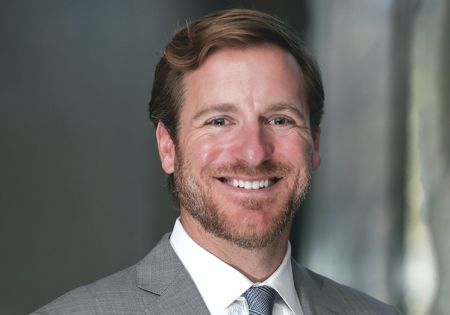Never miss a story — sign up for PLANADVISER newsletters to keep up on the latest retirement plan adviser news.
Latest Relief Package Extends Provisions for Small Business Employers
A Buckingham Advisors webinar shared details of the second round of Paycheck Protection Program loans and tax credits implemented with the new legislation.

A Buckingham Advisors webinar reviewed the provisions in the latest COVID-19 relief package and explained what the legislation offers small businesses.
Jessica A. Distel, director of tax and business services at the firm, discussed details of the Paycheck Protection Program (PPP), the Employee Retention Tax Credit, the Families First Coronavirus Response Act of 2020 (FFCRA),and the deductibility of business meal expenses for 2021.
One of the most anticipated provisions included in the new measure is the ability to reapply for a PPP loan, a program that was first introduced with the Coronavirus Aid, Relief and Economic Security (CARES) Act in late March. Small business employers hoping for a higher loan amount may also apply for an increase, Distel said.
When PPP loans were first made available to small businesses, some employers thought their calculations would be based on net payroll and not gross payroll. Employers that expected to receive more money, or believed they should, should speak to their plan lender, Distel added. “Find out the status of your current loan and see if you can potentially apply for additional funds from the first PPP loan,” she suggested.
The U.S. Small Business Administration (SBA) reopened PPP First Draw Loans on January 11 to certain community financial institutions (CFIs), allowing employers to apply for help to fund payroll costs, including benefits. These loans may also be applied to “mortgage interest, rent, utilities, worker protection costs related to COVID-19, uninsured property damage costs caused by looting or vandalism during 2020, and certain supplier costs and expenses for operations,” according to the SBA.
Employers that have fewer than 500 employees and did not initially receive funds in the first draw may be eligible to apply by March 31.
PPP Second Draw Loans will also be available to CFIs beginning January 13. The SBA indicated that First and Second Draw PPP loans will be open to all participating lenders “shortly thereafter.”
Those employers that previously received a First Draw PPP loan, employ fewer than 300 workers and demonstrate at least a 25% reduction in gross receipts between comparable quarters in 2019 and 2020 can apply for a Second Draw Loan.
For example, if an employer compares gross receipts from the second quarter of 2020 to the second quarter of 2019 and finds their business earned at least 25% less than the previous year, they may apply for a second draw. Employers would need to compare quarters with the same ones from the previous year (e.g., compare the second quarter of 2020 to the second quarter of 2019, third of 2020 to third to 2019, etc.).
Distell advised employers to work with their accountants to organize their finances if they’re interested in applying. “If your accounting is not up to date, now is a great time to do that so you can potentially apply,” she recommended.
These applications may be submitted through March 31, and the maximum loan amount will be $2 million, according to Distell. The maximum loan amount is calculated at 2.5 times the average monthly payroll costs. This amount increases to 3.5 times for borrowers who are in the accommodation and food sector, she noted.
Distell also spoke about updates to the Employee Retention Tax Credit passed as part of the relief measures with the Consolidated Appropriations Act, 2021 (CAA). Per the CAA, employee wages may be eligible for both the Employee Retention Tax Credit and PPP loans; employers can claim credits on any eligible wages not used to support PPP loan forgiveness; and group health plan expenses that are not included in gross income may be included in qualified wages. The credit is an extension of the original provision under the CARES Act and is extended until June 30. Furthermore, the tax credit has increased to 70% of up to $10,000 of qualified wages per employee each quarter, for a maximum of $14,000 per employee in 2021.
Employers may also apply for payroll credits for paid sick and family leave under the FFCRA. Small business employers with fewer than 500 employees can provide paid sick leave and family leave for certain situations, including if an employee is diagnosed with COVID-19, Distell said.
The CCA has also temporarily allowed for 100% deductibility of certain business meal expenses for 2021 and 2022, which is intended to help increase revenue in the restaurant industry. Entertainment expenses, however, will still be non-deductible.
You Might Also Like:
Employers Returning to Pre-Pandemic Benefit Goals
SECURE Act and CARES Act Still Demand Client Diligence

15th Anniversary of RPAY: Atlanta Retirement Partners
« 15th Anniversary of RPAY: Capital Strategies Investment Group